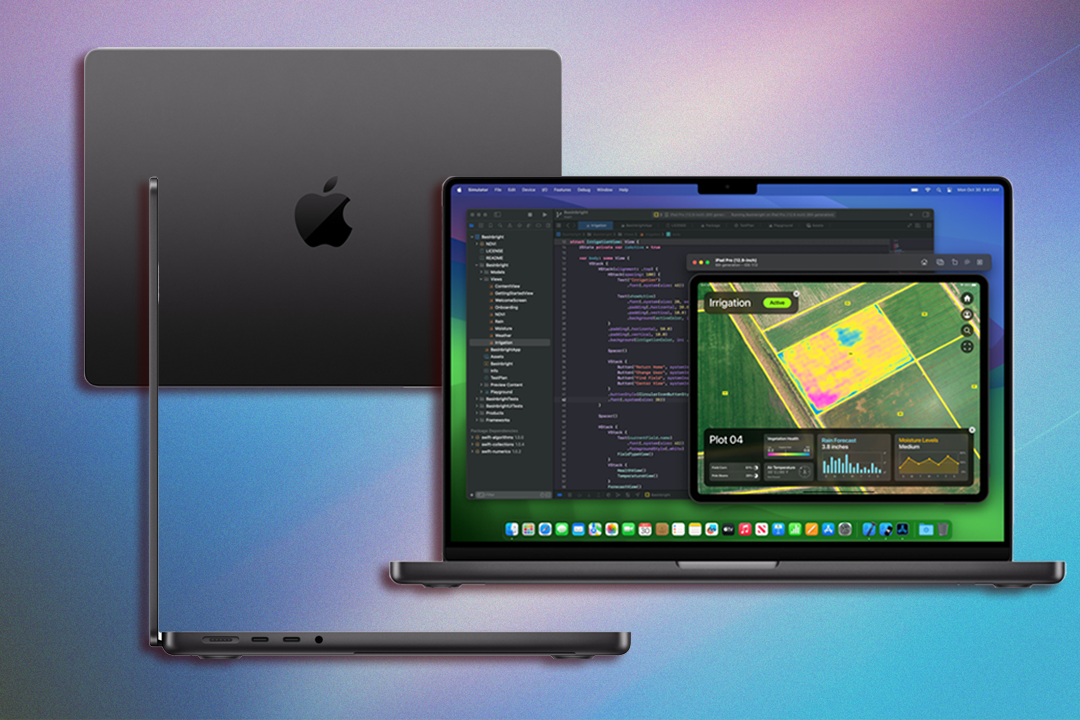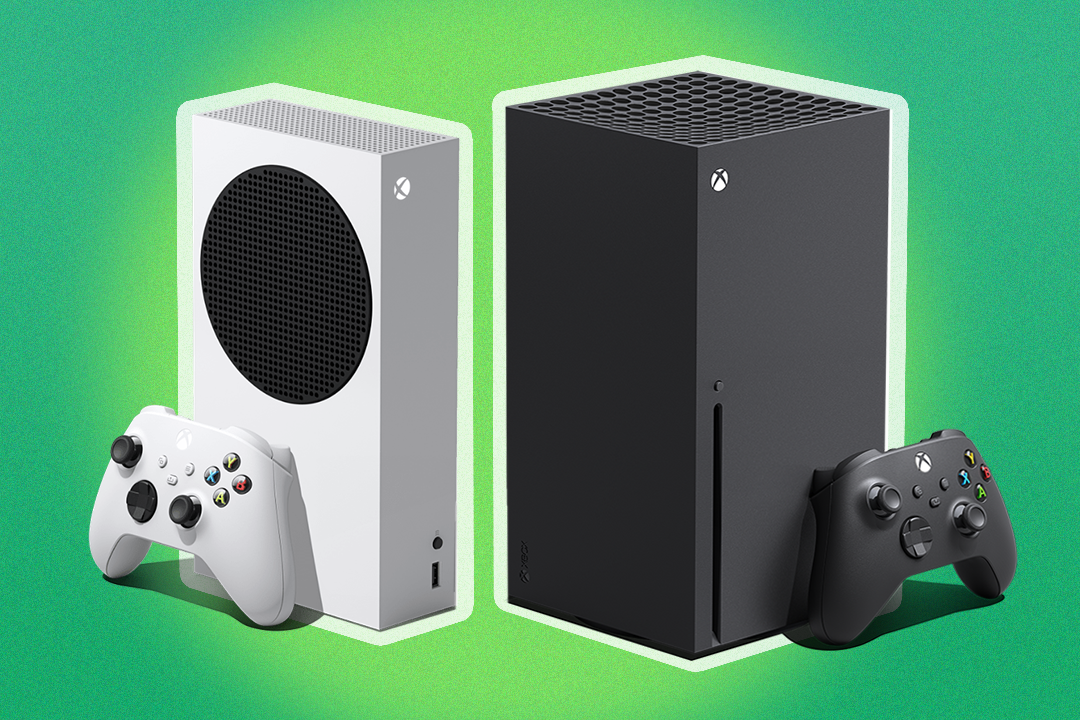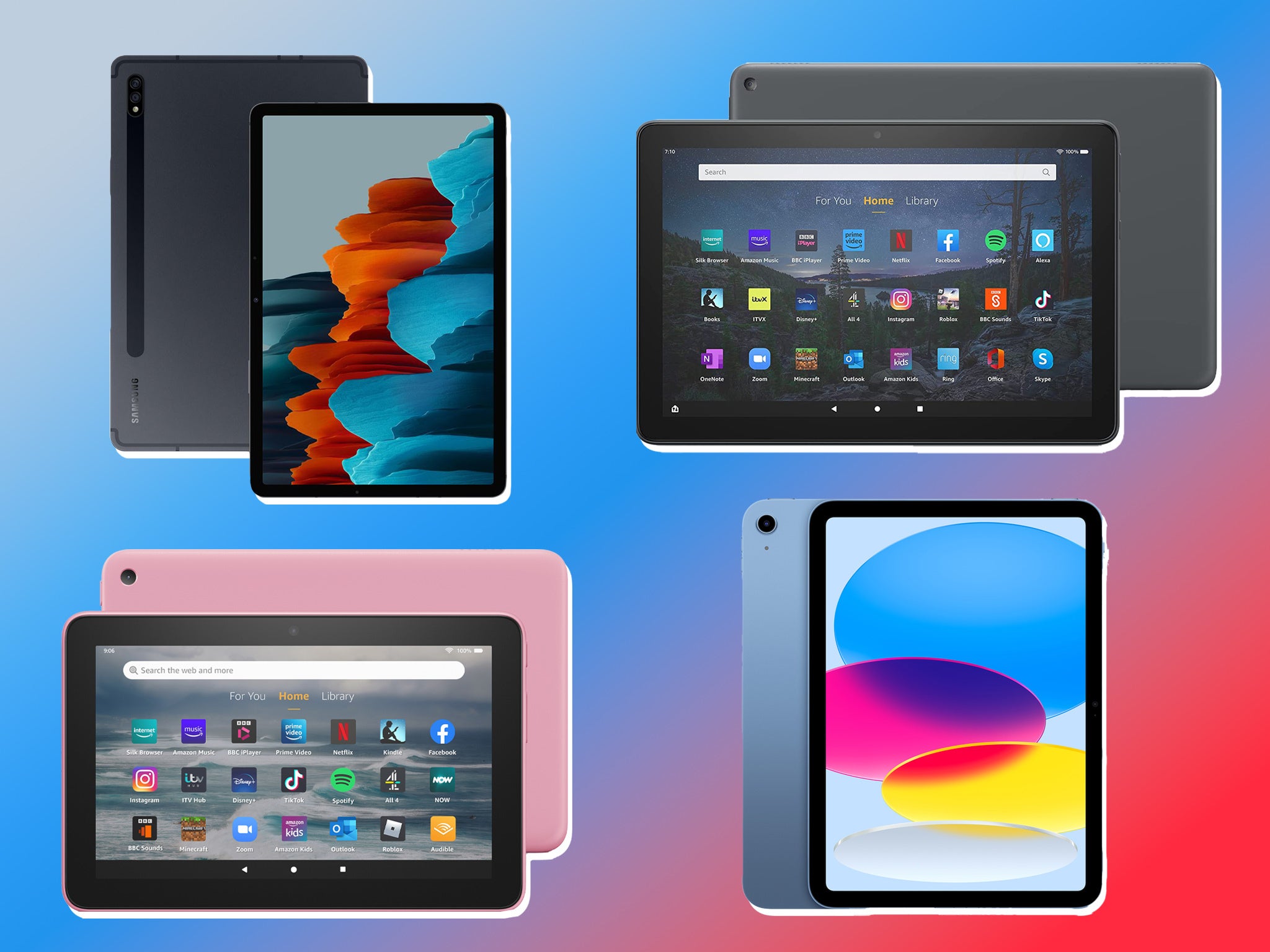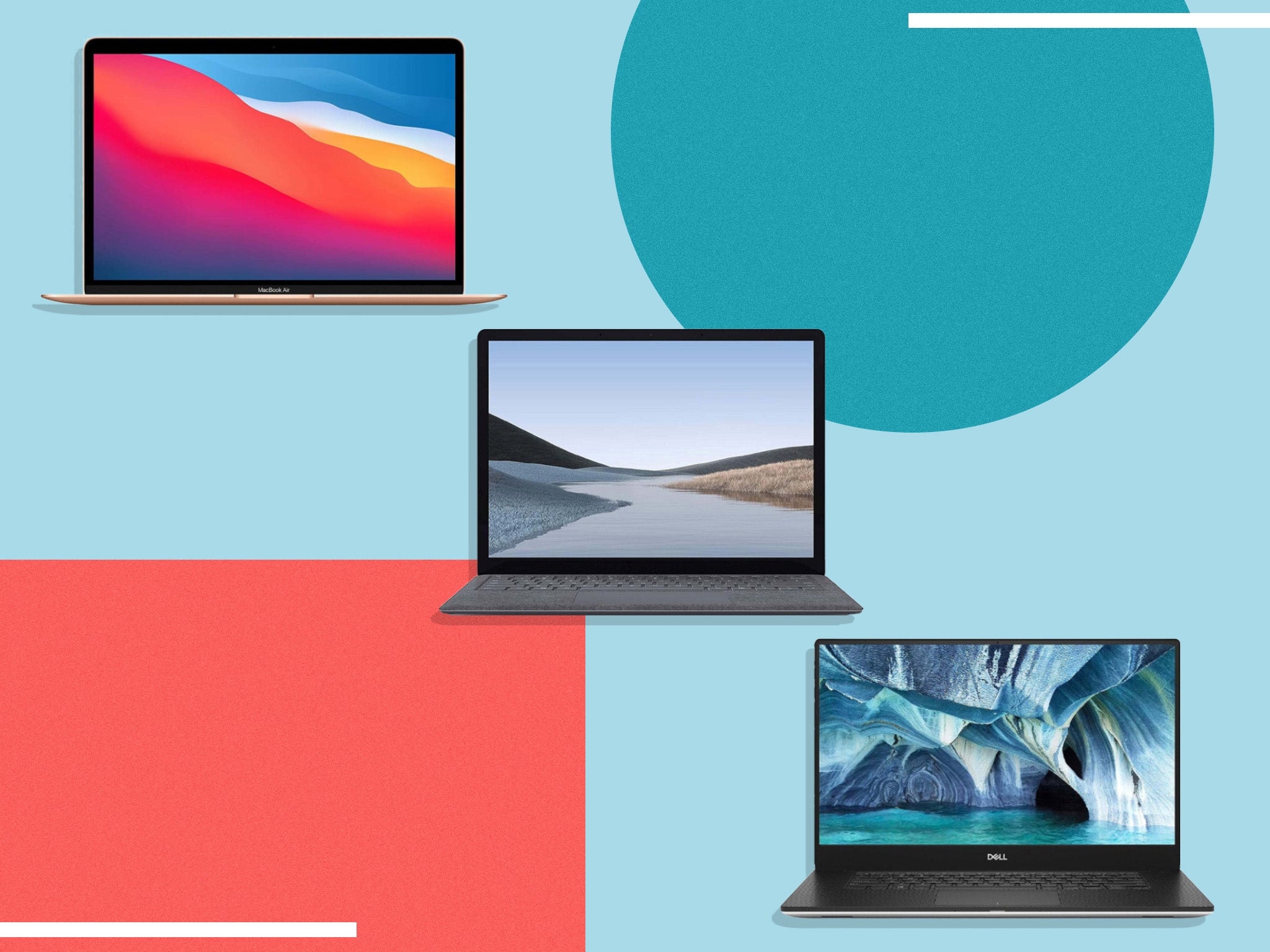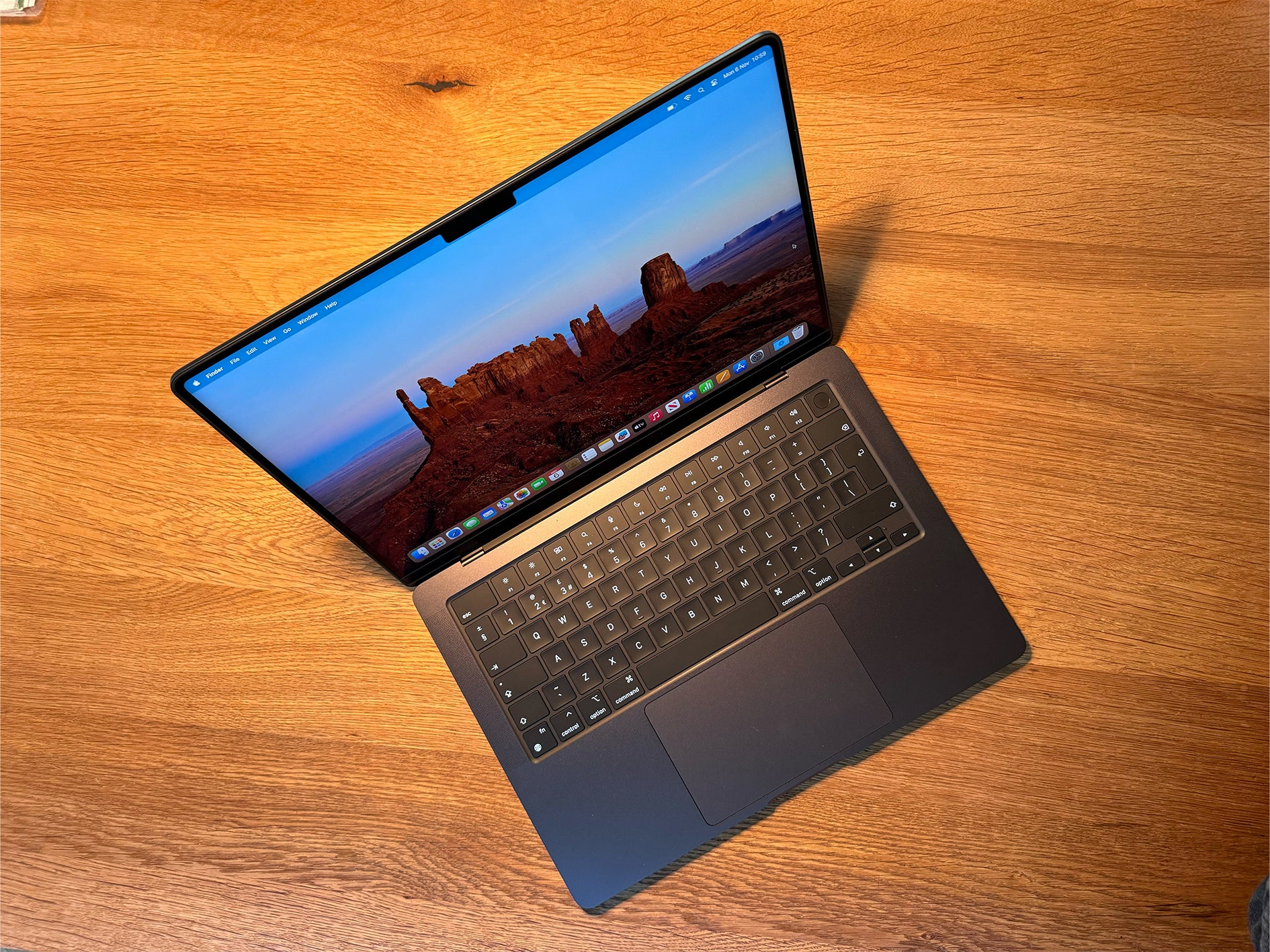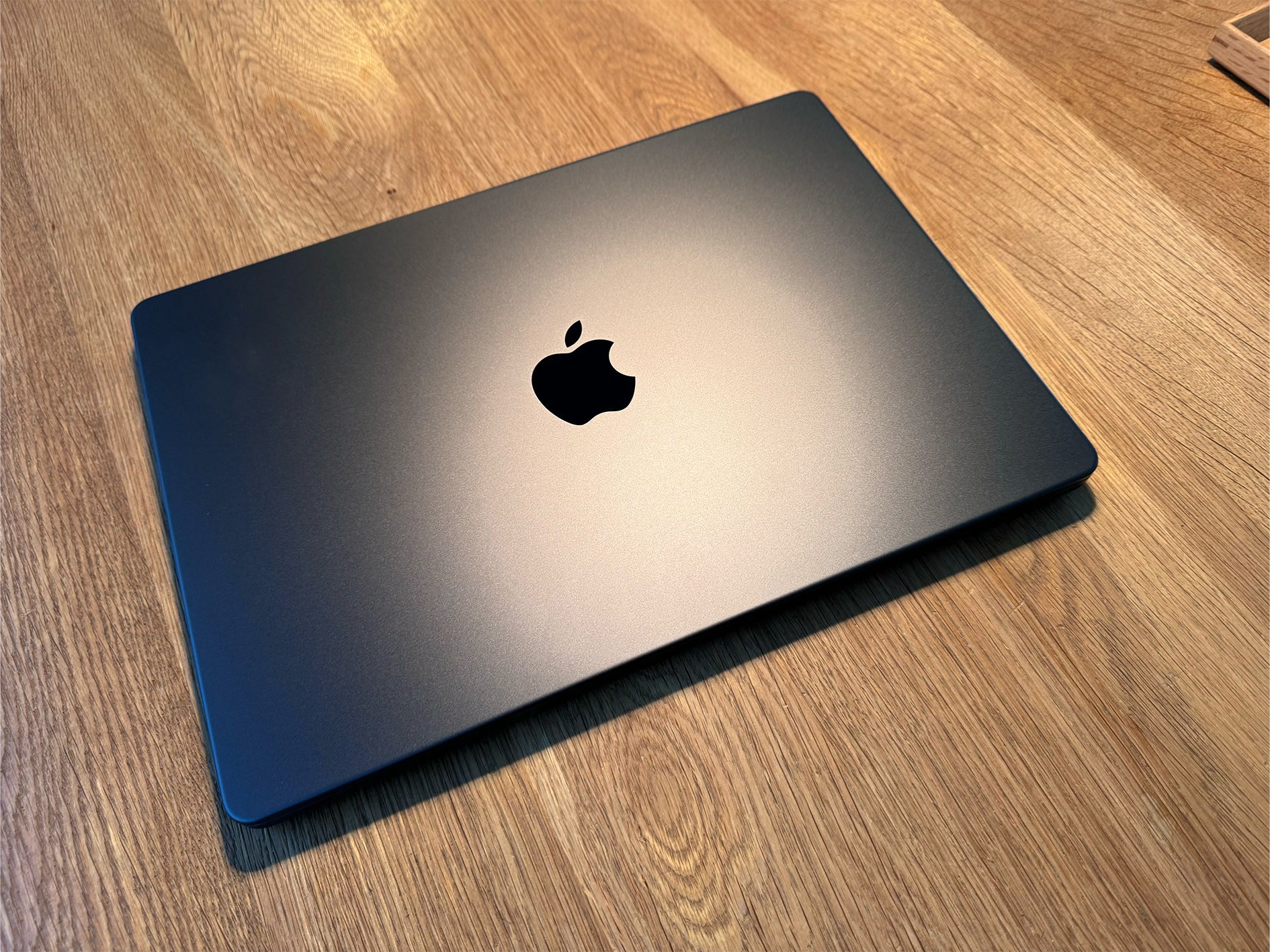Apple MacBook Pro M3
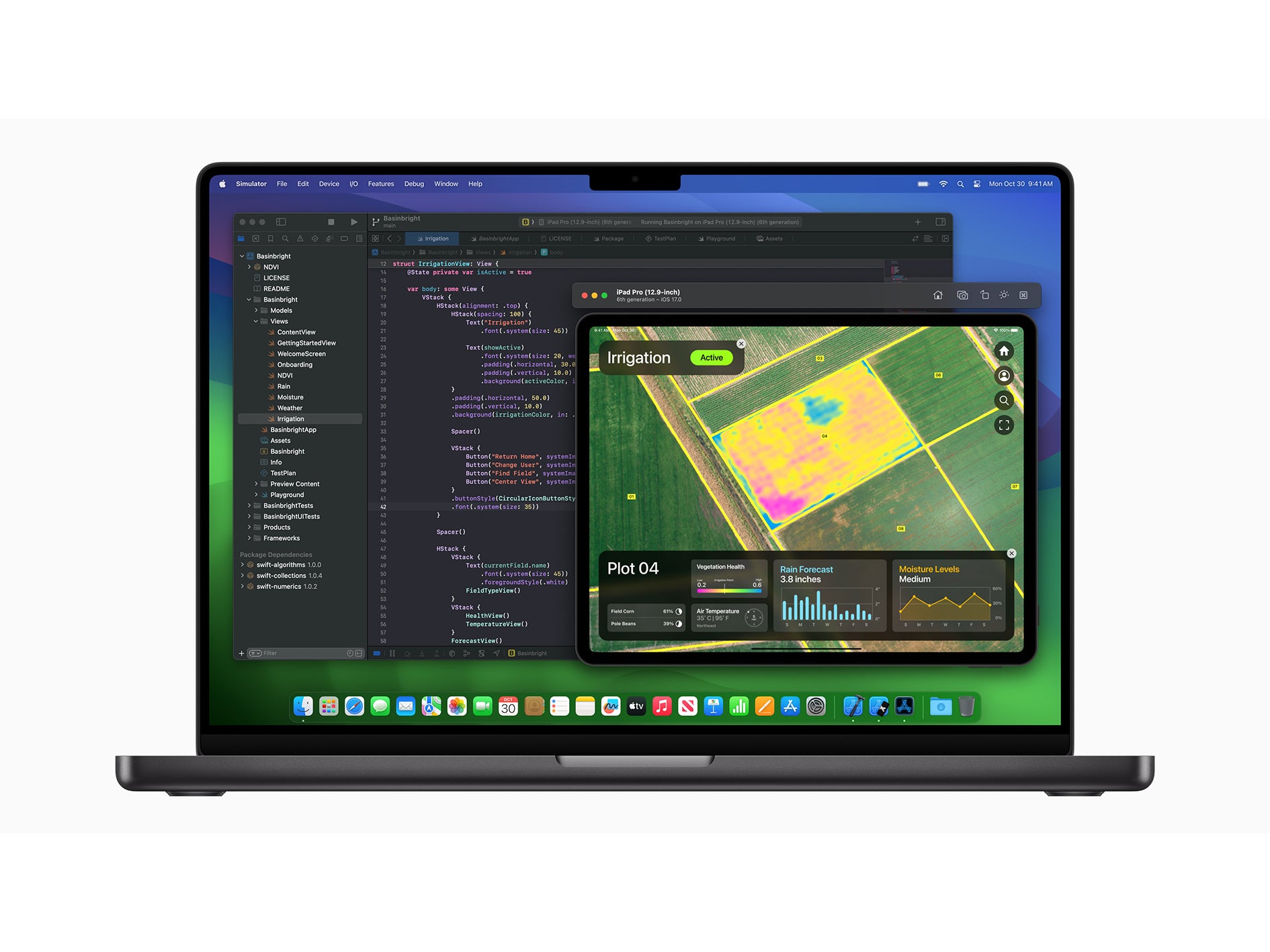
- Processor: M3, M3 Pro or M3 Max
- Sizes: 14in or 16in
- 14in display: LED-backlit, 3,024 x 1,964px native resolution, 600 nits brightness, 1,600 nits peak HDR brightness
- 16in display: LED-backlit, 3,456 x 2,234px native resolution, 600 nits brightness, 1,600 nits peak HDR brightness
- Weight: 1.6kg (14in), 2.1kg (16in)
- Storage: 512GB/1TB/2TB/4TB/8TB
- Dimensions: 31.26 x 22.12 x 1.55cm (14in), 35.57 x 24.81 x 1.68cm (16in)
- Battery: Up to 22 hours
- RAM: 8/18/36GB (14in), 18/36/48GB (16in)
- Colours: Silver, space grey (M3 only), space black (M3 Pro, M3 Max only)
- Why we love it
- Super-fast performance
- Great battery life
- Gorgeous new space black finish
- Take note
- Not cheap
- Not everybody needs all this power
Design
The new 14in MacBook Pro looks identical to the previous M2 versions – which were only updated earlier in the year and are already being replaced by the M3 models.
There’s only one new item in the external design list: the new space black colour. As mentioned, this new colour is only available if you choose the Pro or Max chips in your configuration. The 14in MacBook Pro with the entry-level M3 chip comes in silver and space grey.
When Apple announced the new space black version, it made a big deal out of one aspect: although it’s a matte finish, it doesn’t collect fingerprints. Apple says this is down to what it calls “breakthrough chemistry” – there’s an anodisation seal that reduces fingerprint marks. Whatever the science, it really works. Marks may not vanish completely but they are very hard to spot.
Otherwise, you’ll find the same beautiful but efficient design, with a flat lid and cliff-edge sides. The MacBook Pro looks like it means business, from the shiny Apple logo in the centre of the lid to the flat rubberised feet. The lid can be opened with one finger – opening many laptops this way sees the base swing up, but Apple’s laptops are perfectly balanced.
Meanwhile, the keyboard is a dream to type on, with stable centred keys that have plenty of travel. Similarly, the trackpad is large enough to be very useful and is responsive to the lightest touch.
Read more: Best laptops for students
There’s a fingerprint ID sensor in the power button, so the laptop unlocks to your touch – something it does instantly and reliably. This button is also used to authenticate online purchases.
The upward-firing speakers are there to provide strong sound, whether you’re watching a movie or struggling through a video call.
However, all the other changes are internal – coming down to the new chip and advanced wifi and Bluetooth.
Connectivity
For many people, the versions of Bluetooth and wifi included with the previous Mac laptops are very fast indeed. However, the new models are compatible with wifi 6E, so the main benefit for most people will be when they’re in a public place and logging on to a wifi 6E router.
Similarly, the introduction of Bluetooth 5.3 support means there will be better connectivity and greater range. For most people, this improvement is best thought of as future-proofing.
As with earlier MacBook Pros, there’s a useful SD card slot, HDMI connector and two USB-C sockets on the M3 version (there are three on the M3 Pro and M3 Max machines).
Best of all, all models of the MacBook Pro now come with MagSafe – Apple’s handy and safe system that sees the cable connect magnetically, detaching so the laptop doesn’t go flying if somebody trips on it, for instance.
Display
There’s no difference between the current display and the previous MacBook Pro 14in and 16in models, but it’s worth a mention. Apple calls it Liquid Retina XDR. Liquid means it uses an LCD screen; Retina means it’s high-resolution enough to look great, and XDR (extreme dynamic range) means there are thousands of miniLEDs behind the LCD, for sophisticated local dimming, which makes for outstanding contrast.
Read more: Best iPad deals this month
Since Apple has now retired the 13in MacBook Pro, it means all the Pro laptops, 14in and 16in, have this impressive XDR capability.
The display also has dynamic refresh rates, to ensure smooth motion when the content demands it, or to save battery life when you have something that isn’t moving on screen.
Performance
I’ve been testing the M3 Max, the very fastest M3 chip. Remember the word ‘Pro’ in the title? It’s there for a reason. Professionals using especially demanding programs can make the most of them with this exceptional processor – running multiple 4K video streams in an editing package, for instance.
One of the main purposes of all this power is it saves time in the most complex of workflows, something that’s especially important to creatives, who want to be bogged down in tiresome, slow tasks for as little as possible – an aspiration we can all share.
Here’s an example of where it helps. Final Cut Pro is a professional-quality video-editing program that is very powerful. It can do a lot of things. For instance, if you have video that was shot in landscape but you need it in portrait-orientation for TikTok or other platforms, a feature in the program called Smart Conform can intelligently reshape your content, ensuring your subject stays front and centre. This takes ages and is likely to try your patience. The M3 Max makes short work of this process, converting batches of content in no time.
Read more: Ray-Ban Meta smart glasses review
So, how important is this for the rest of us, or should we all be managing with a MacBook Air M2?
First of all, there’s no such thing as a computer that saves too much time, so, even if simpler Macs are fast enough (and they are), this extra speed is still welcome.
Additionally, having a super-fast processor can also add to the durability of the Mac. As programs offer more features, they become more demanding, so this MacBook Pro should stay faster for longer.
Apple claims its Pro models are as powerful whether they’re plugged in to the wall or working from battery power alone. Apple says this is down to having the perfectly chosen components, and silicon that is so efficient it can draw enough power just from the battery – a claim that matches my experience of the MacBook Pro.
These laptops are very fast, compared with the last generation of Apple silicon, but even more so compared with the Intel-processor-packed models that many people are still using.
Battery life
Laptops have big batteries and big demands. Apple’s efficient silicon plays a part here, too, allowing longer battery life – especially compared with the last generation of Mac laptops with Intel rather than Apple chips.
The 14in MacBook Pro with the entry-level M3 chip has, according to Apple, up to 22 hours of video playback, which is the same as the 16in MacBook Pro models. If you choose a 14in MacBook Pro with a faster chip, such as the one with M3 Max that I’ve been testing, the battery life is less, about 18 hours of video playback, Apple says.
In other words, you really don’t need to drag the power brick around, even for a long working day. That’s Apple’s claim and it tallies with my experience.
Note that when you do come to charge the laptop, it’s a pretty fast process. The 14in models come with a 70W charging brick or 96W charger in some cases. The 16in laptops all come with a 140W charger. The fastest chargers can give you 50 per cent battery in around half an hour.
